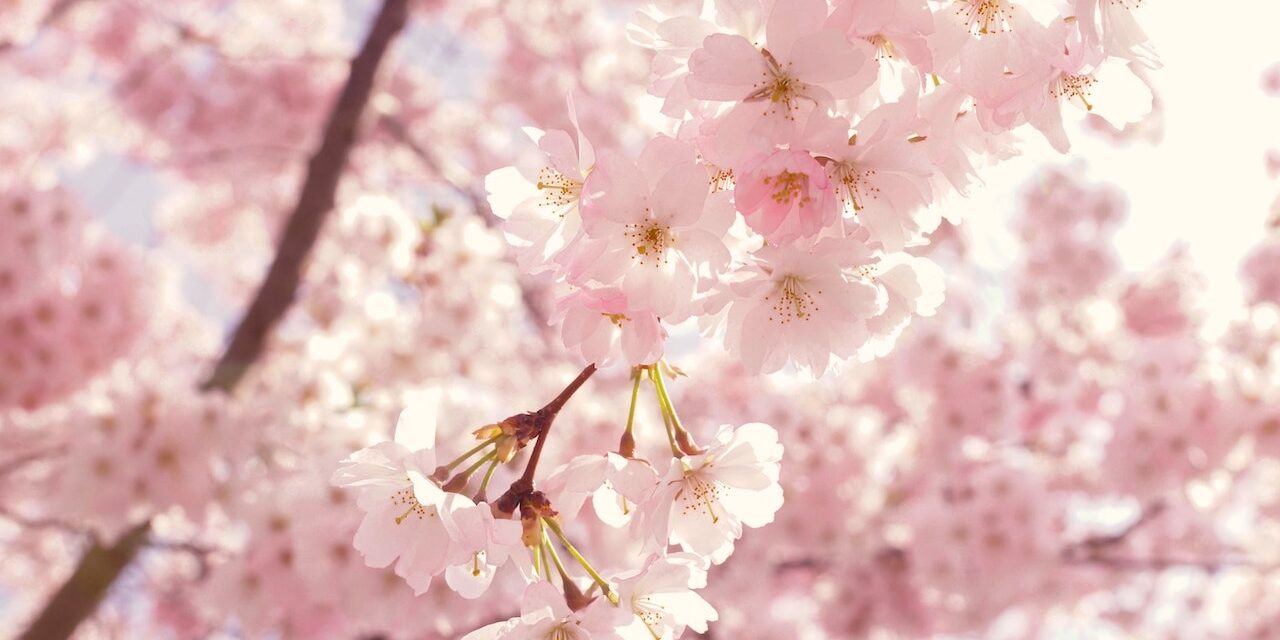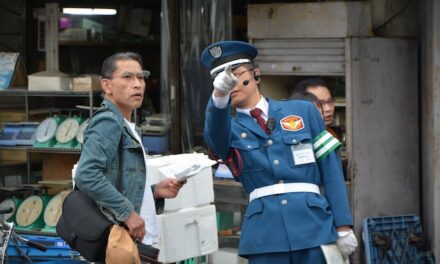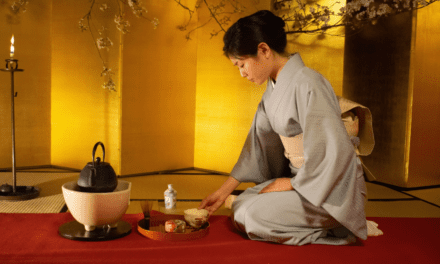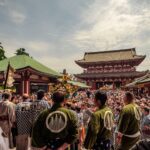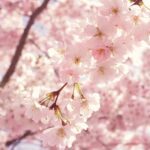The Japanese cherry blossoms, or sakura, is not just a pretty flower – it’s a cultural phenomenon.
Every spring, people all over Japan flock to parks and gardens to celebrate the arrival of the sakura season with hanami (flower-viewing) parties.
We’ll take you on a journey through the world of Japanese cherry blossoms, from its blooming season to the best places to see it, and everything in between.
Table of Contents
Cherry Blossom Seasons In Japan
When is cherry blossoms season in Japan?
The short answer: it varies. The blooming season typically starts in late March and lasts until early May, but the exact timing depends on a variety of factors, including temperature, weather conditions, and geographic location.
The Japan Meteorological Corporation releases a cherry blossom forecast every year to help travellers plan their trips.
Best Places to See Cherry Blossoms in Japan
Japan is home to countless cherry blossom viewing spots, from urban parks to rural villages.
Some of the most popular places to see sakura include Ueno Park and Shinjuku Gyoen in Tokyo, Philosopher’s Path in Kyoto, and Hirosaki Castle in Aomori.
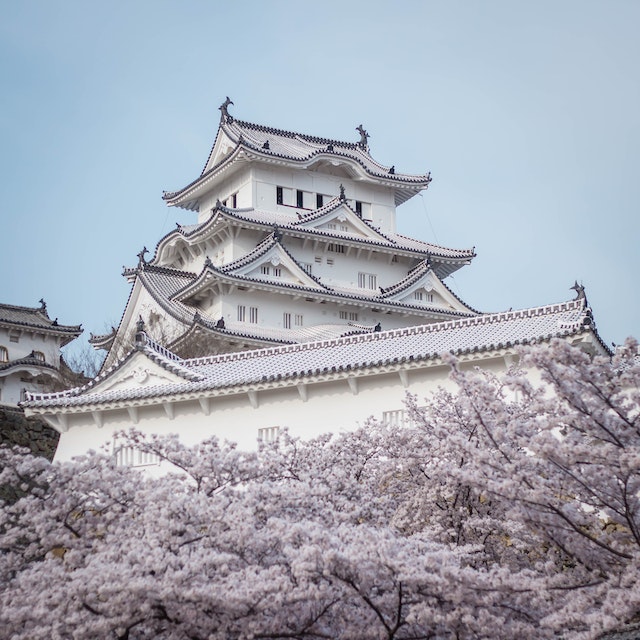
But if you’re looking for something a bit more off the beaten path, there are plenty of hidden gems to discover as well.
Just be prepared to venture beyond the tourist hotspots and embrace the spirit of adventure!
Significance of Cherry Blossoms in Japanese Culture
The tradition of cherry blossoms viewing, or hanami, dates back to the Nara period (710-794).
In those days, people would gather under the blossoming trees to write poems, sing songs, and enjoy sake and snacks.
Over time, the practice became more formalized and gained a special place in Japanese culture.
The sakura flower is also deeply symbolic in Japanese art and literature, representing the transience of life and the beauty of impermanence.
The transient nature of cherry blossom is a reminder to savour every moment and appreciate the fleeting beauty of the world around us.
The philosophy behind the Sakura
The Japanese have a special relationship with sakura that goes beyond mere aesthetics.
The cherry blossom is a symbol of renewal and new beginnings. After a long, dark winter, the blooming of the cherry trees signifies the arrival of spring and the promise of warmer, brighter days ahead. It’s like a big, flowery hug from Mother Nature herself.
The cherry blossom also represents the fleeting, ephemeral nature of life.
The Cherry blossom trees only bloom for a short period of time – usually just a week or two – before the petals fall to the ground and disappear.
It’s a reminder to savour every moment and appreciates the beauty of impermanence.
What do the Japanese think of Cherry Blossoms?

Sakura is a beloved symbol of springtime and new beginnings.
It’s akin to a fresh new year from the long slumber of winter, and the Japanese celebrate by meeting people outdoors when it’s not as favourable during the frigid winter time.
The Japanese people flock to the parks to picnic and drink under the blooming trees, families still take photos in their matching hanami outfits, and couples still go on romantic walks hand-in-hand.
It’s deeply embedded in their culture for ages and the profound appreciation they have for the cherry blossom is shown by the activities they do during the Sakura season.
And let’s not forget about the food!
Cherry blossom season means sakura-themed snacks and drinks galore, from sakura mochi to sakura latte.
It’s a delicious way to celebrate the season, even if you’re not a huge fan of the flowers themselves.
So while opinions may vary, I think it’s safe to say that the cherry blossom is a beloved and important part of Japanese culture.
How to Celebrate Hanami Like a Japanese
During the blooming seasons of the Cherry Blossoms, it’s a common practice to view the flowers with your family and peers.
This activity is known as ‘Hanami’ in Japanese, and it’s a joyous activity where people would gather in parks to observe the cherry blossoms while being present with nature.
If you want to experience hanami like a true Japanese, there are a few customs and etiquette rules to follow.
For example, it’s important to arrive early to claim a good spot under the trees, and to take off your shoes before sitting on the ground.
Bringing your own food and drinks is also a must – think bento boxes, onigiri, and sake.
But don’t be afraid to put your own spin on the tradition!
Hanami is all about having fun and enjoying the company of friends and family.
Whether you’re playing traditional Japanese games like hanafuda and karuta, or simply lounging on a picnic blanket with some good music, the most important thing is to relax and enjoy the moment.
Cherry Blossom Photography Tips
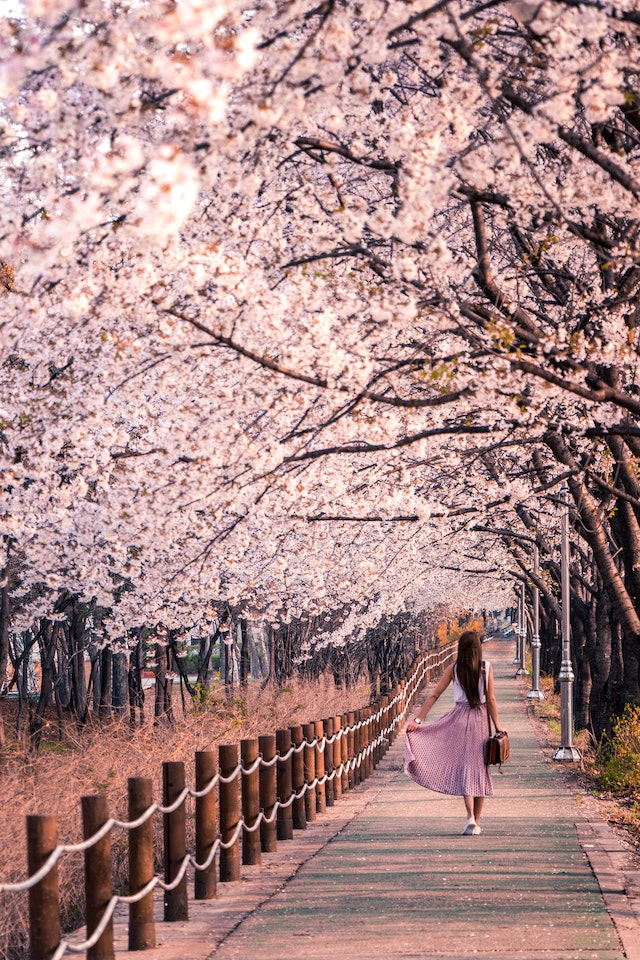
Of course, no hanami experience is complete without some stunning photos to remember it by.
If you’re an amateur photographer, don’t worry – you don’t need a fancy camera to capture the beauty of sakura.
Just follow these tips:
- Timing is key: The best time to take photos is during “magic hour” – the hour before sunset or after sunrise when the light is soft and warm.
- Set the scene: Look for interesting compositions that incorporate both the cherry blossoms and the surrounding landscape.
- Experiment with angles: Don’t be afraid to get down low or shoot from unusual perspectives to add depth and interest to your photos.
- Use natural light: Avoid using flash or artificial lighting, which can wash out the delicate colours of the cherry blossoms.
- Practice, practice, practice: Take lots of photos and experiment with different settings and techniques to find what works best for you.
Conclusion
Whether you’re a seasoned hanami veteran or a first-time visitor to Japan, the beauty and cultural significance of Japanese cherry blossoms are not to be missed.
From the blooming season to the best viewing spots, to the history and customs of hanami, we hope this guide has inspired you to experience sakura in all its glory.
So grab a picnic blanket, pack some snacks, and join the locals in celebrating one of Japan’s most beloved traditions. Happy hanami!
- Are you visiting Japan this year to view the Cherry Blossoms?
Tell us in the comment section below and share this with your friends who are travelling to Japan for Hanami!

